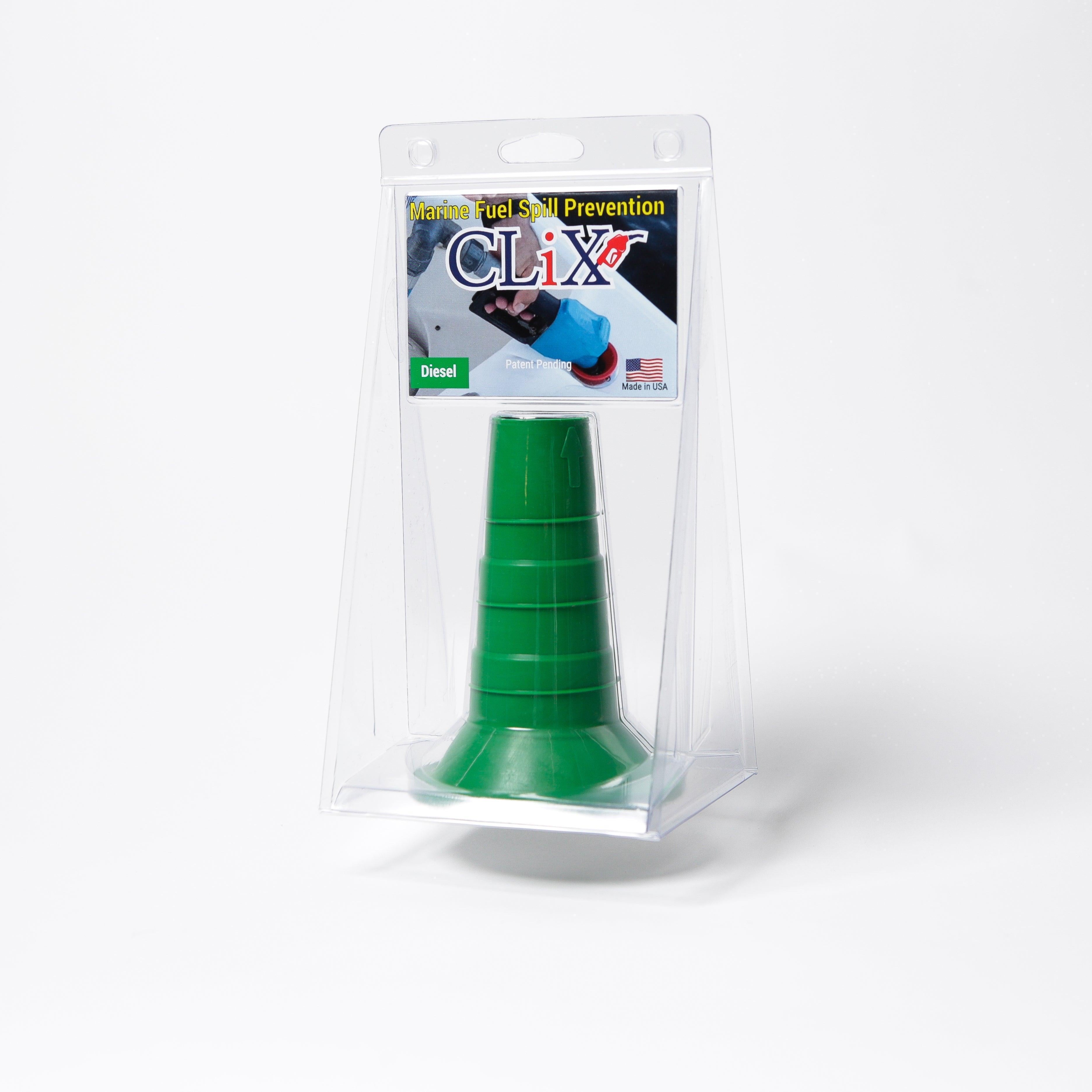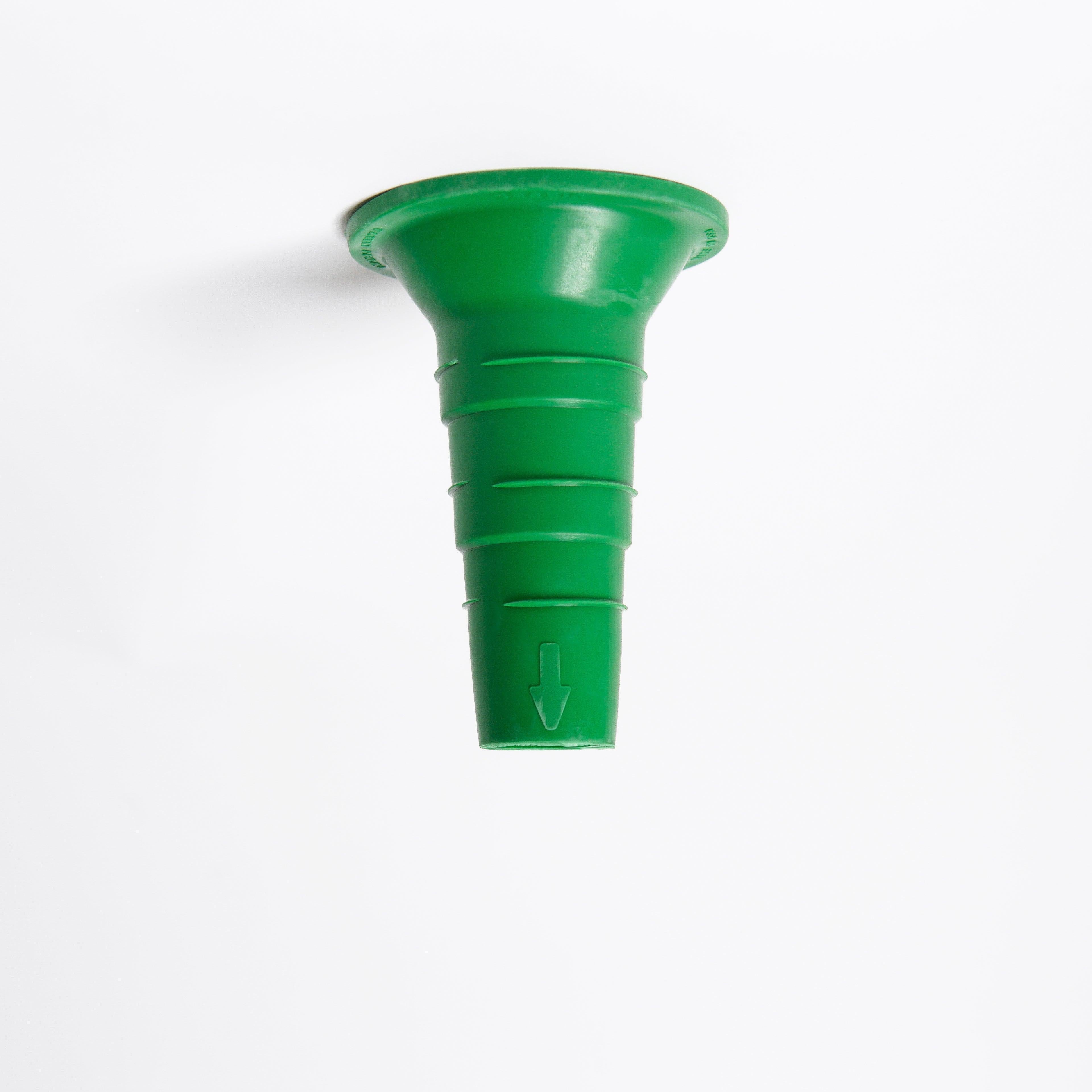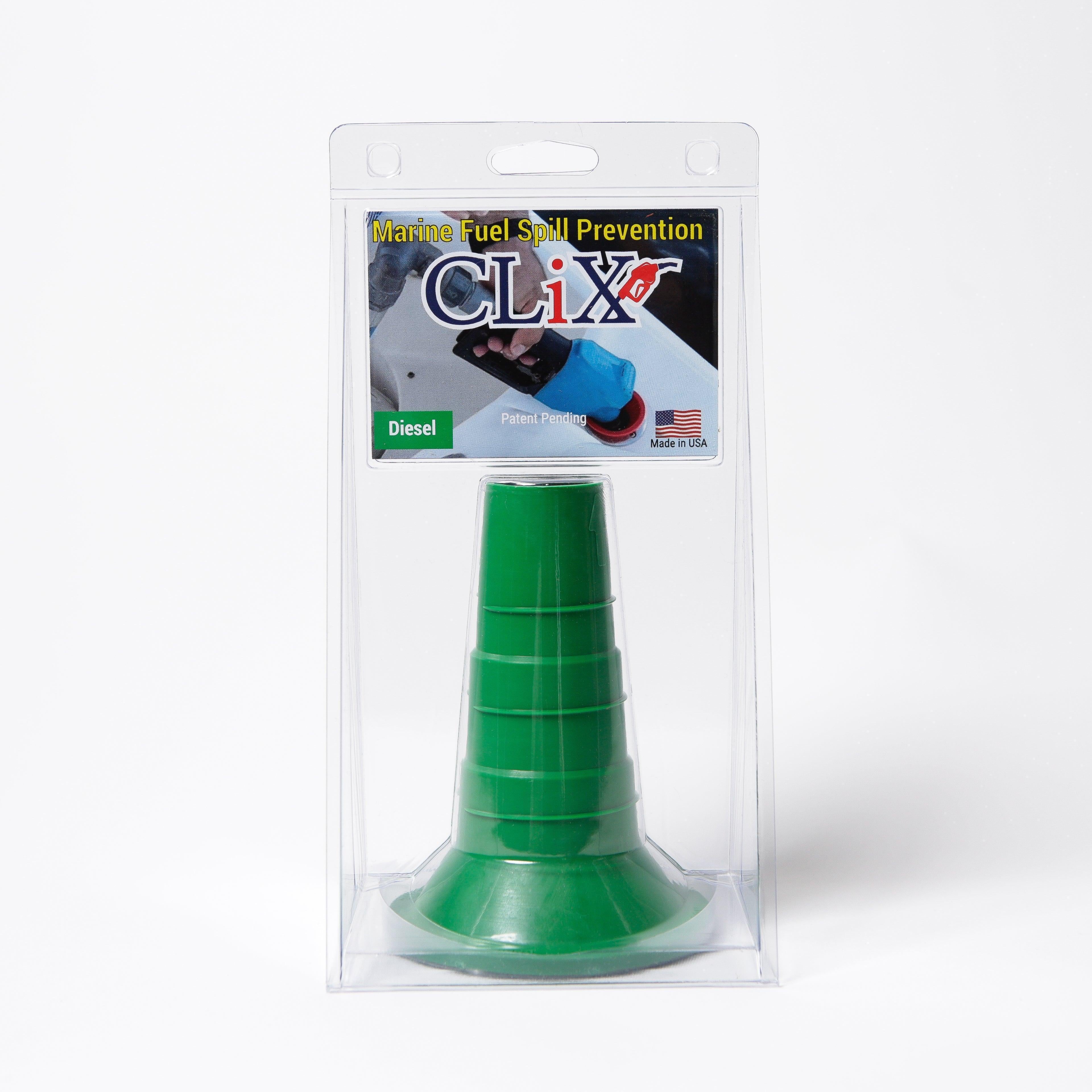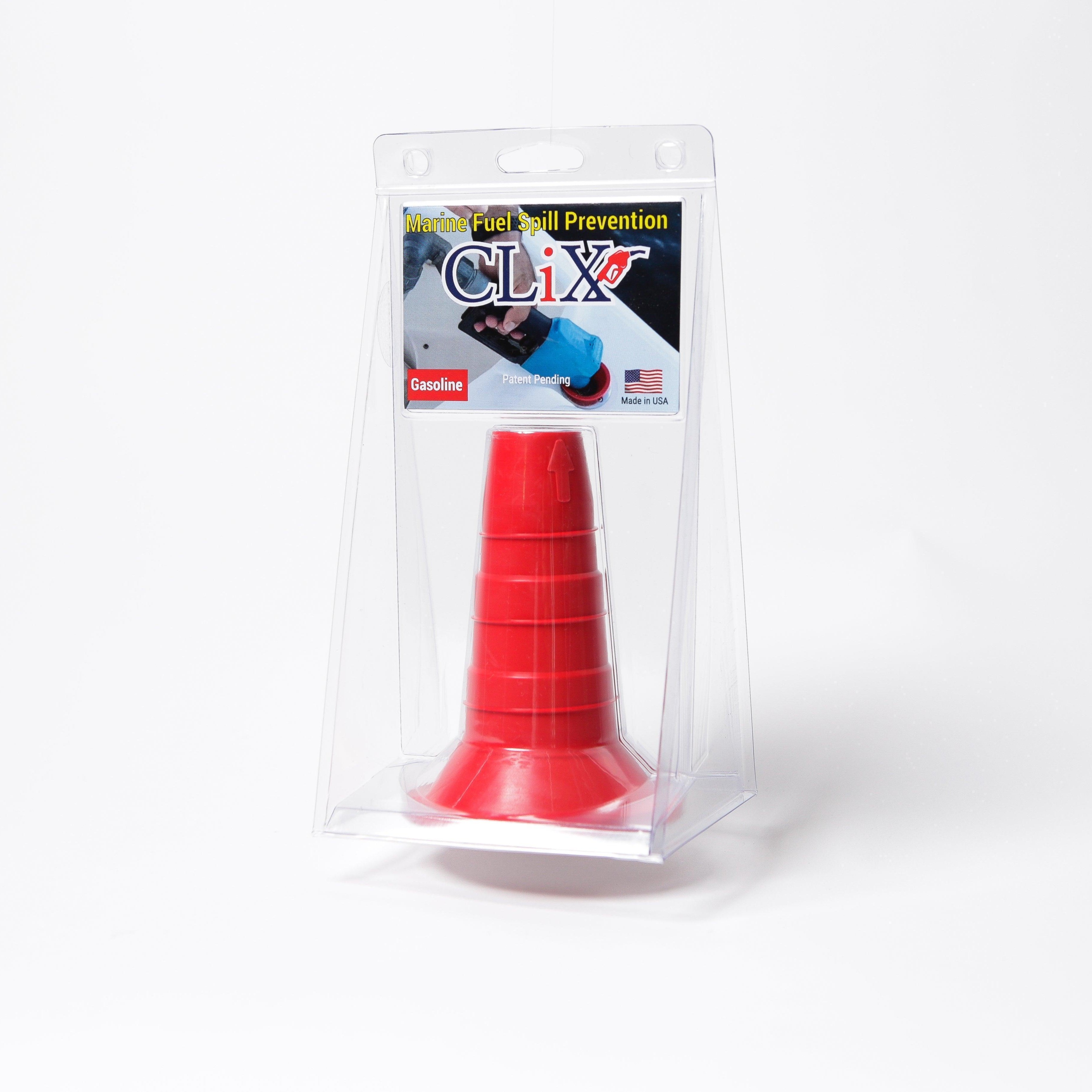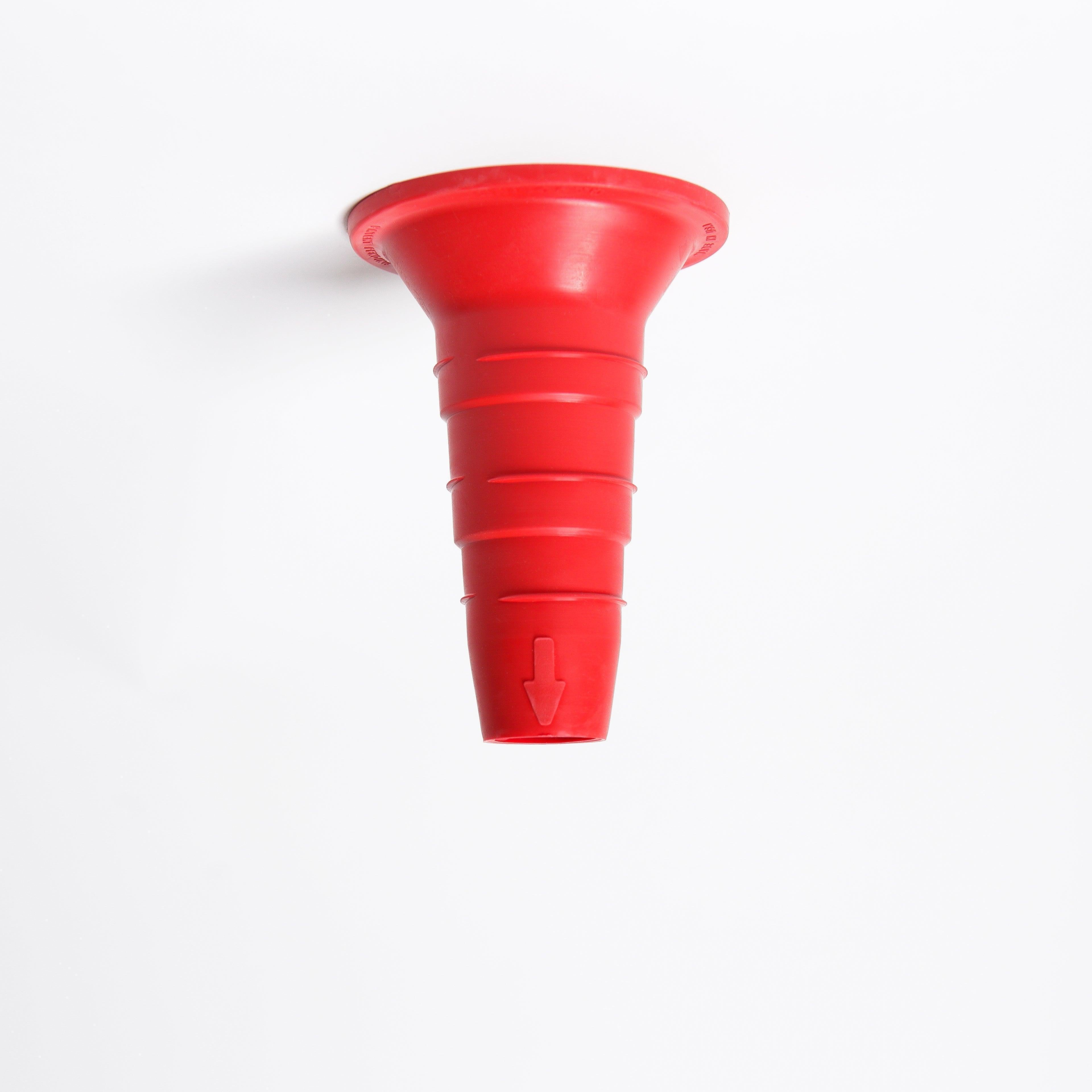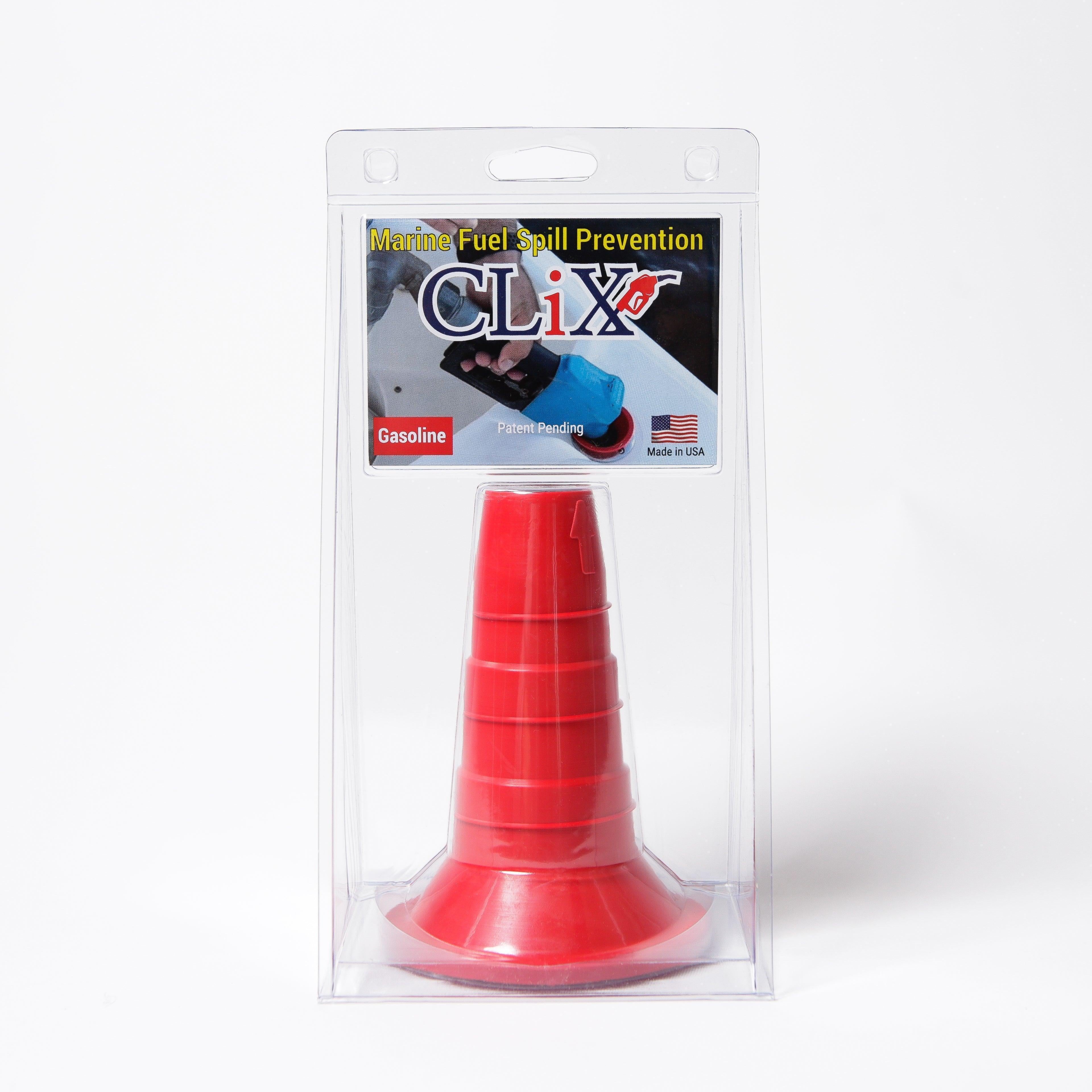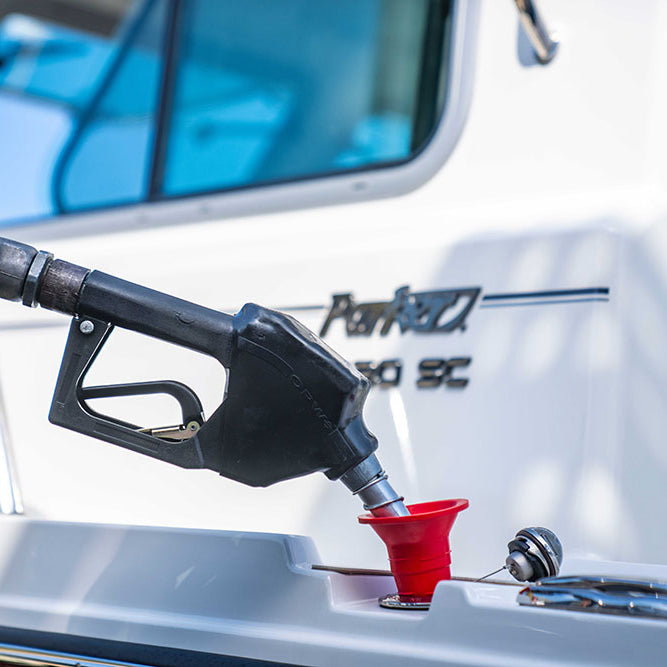Setting Sail Safely: Mastering Your Vessel Inspection
A thorough vessel inspection is crucial for a safe and enjoyable boating experience. This 10-point checklist covers essential safety and compliance checks, empowering recreational boaters and professional captains alike. From life rafts to engine maintenance, learn how to assess your vessel's seaworthiness and ensure you're prepared for any on-the-water situation. This guide will help you identify potential hazards and comply with regulations. Let's ensure your next voyage is safe and worry-free.
1. Life-Saving Equipment Check
A life-saving equipment check is the cornerstone of any vessel safety inspection. This crucial process involves a thorough examination of all equipment designed to keep passengers and crew afloat and safe in an emergency. This includes life jackets, life rafts, life buoys, distress signals, and immersion suits (where required). The inspection ensures that all equipment is not only present in sufficient quantities for everyone on board but is also in good working order and readily accessible. A successful life-saving equipment check significantly increases the chances of survival in a maritime emergency.
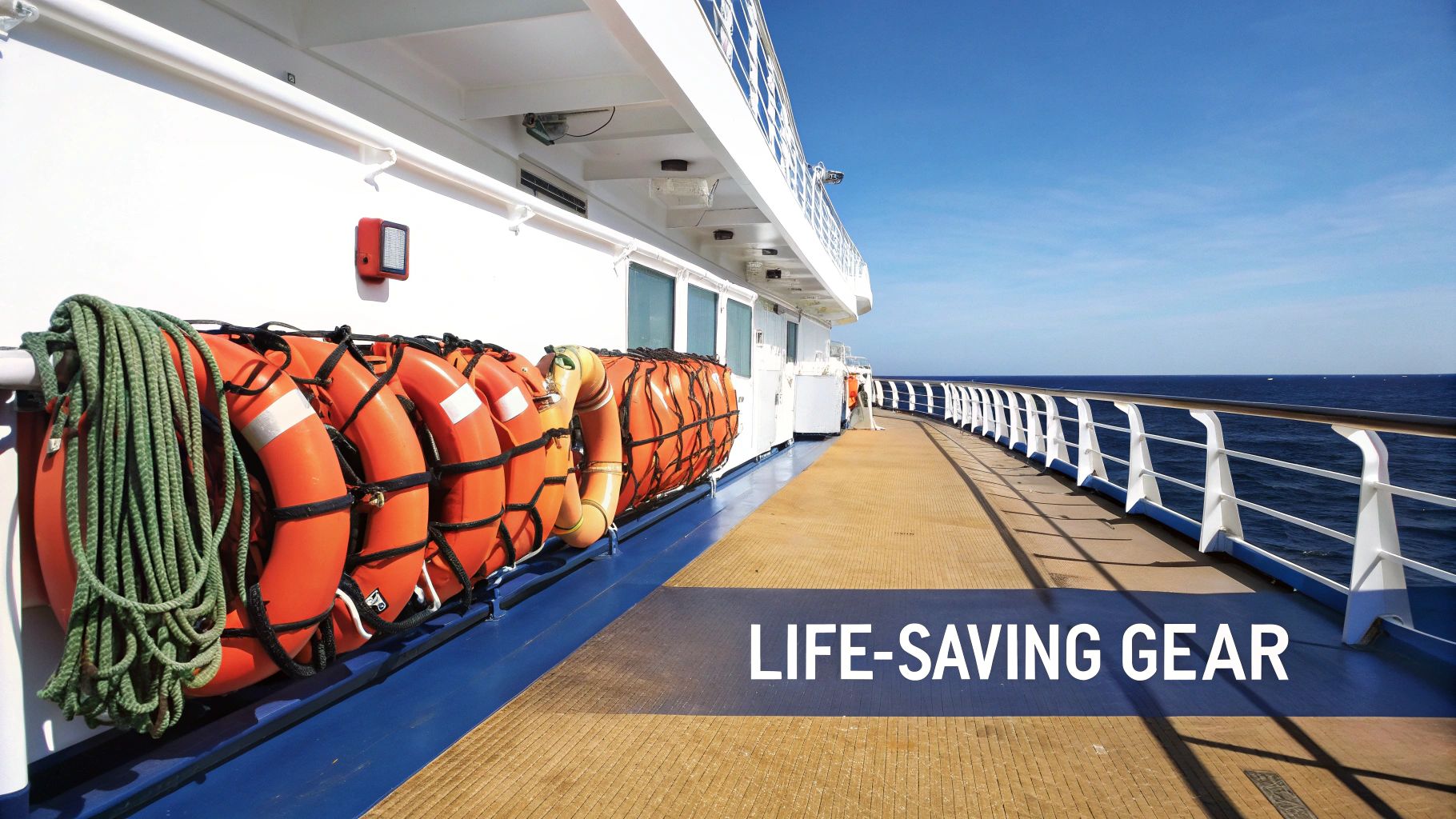
This item deserves the top spot on the vessel safety inspection checklist because it directly impacts survival in critical situations. The tragic Costa Concordia disaster, where delayed lifeboat deployment contributed to the loss of life, underscores the critical importance of properly inspected and functioning life-saving equipment. Conversely, the US Coast Guard's stringent vessel safety inspections, including thorough life-saving equipment checks, have demonstrably saved countless lives.
Features of a Thorough Life-Saving Equipment Check:
- Individual Life Jackets: Verify there's a properly sized and functioning life jacket for each person on board, including children and infants.
- Life Raft Inspection: Check the life raft's condition, capacity, and service date. Ensure it's properly secured and accessible.
- Life Buoy Placement: Confirm that life buoys are strategically placed and readily available. Inspect throw lines for condition and proper attachment.
- Distress Signals: Examine all distress signals, including flares, EPIRBs, and personal locator beacons, ensuring they are functional and within their expiration dates.
- Immersion Suits (if required): Where mandated, inspect immersion suits for condition and proper sizing.
Pros:
- Increased Survival Rates: Properly maintained life-saving equipment drastically improves the odds of survival in emergencies.
- Regulatory Compliance: Regular inspections are mandatory under international maritime regulations like SOLAS and enforced by organizations such as the IMO and USCG.
- Relative Ease of Execution: While thorough, the inspection process is straightforward and can be incorporated into regular maintenance routines.
Cons:
- Equipment Deterioration: Marine environments can cause equipment to deteriorate over time, necessitating replacements.
- Replacement Costs: Expired or damaged equipment can be costly to replace.
- Storage Space: Stowing life-saving equipment can take up valuable space on board.
Actionable Tips for Effective Life-Saving Equipment Checks:
- Expiration Dates: Diligently check expiration dates on all equipment, including flares, life raft service, and hydrostatic releases on life jackets.
- Accessibility: Ensure all life-saving equipment is easily accessible and not obstructed by gear or other items.
- Regular Drills: Conduct monthly drills to familiarize the crew with the location and operation of all equipment.
- Detailed Documentation: Document all inspections with photos and detailed notes, including dates and any maintenance performed. This provides a valuable record for future inspections and potential insurance claims.
When and Why to Use This Approach:
Life-saving equipment checks should be performed:
- Before each voyage: A quick check ensures everything is in place and accessible.
- Monthly: A more thorough inspection, including checking expiration dates and minor maintenance.
- Annually: A comprehensive inspection, often coinciding with professional servicing of life rafts and other critical equipment.
This approach is essential for recreational boat owners, professional fleet captains, marina operators, and anyone responsible for the safety of passengers and crew on the water. By prioritizing life-saving equipment checks, you are actively investing in safety and preparedness for any potential maritime emergency. This proactive approach aligns with the core principles of the IMO, USCG, and the SOLAS Convention, ultimately contributing to a safer boating environment for everyone.
2. Fire Safety Systems Inspection
A fire onboard a vessel can be a devastating event, leading to significant property damage, injuries, and even loss of life. A thorough Fire Safety Systems Inspection is crucial for mitigating this risk. This comprehensive check examines all fire detection, prevention, and suppression systems on board, ensuring they are operational and ready for immediate use in case of an emergency. This inspection covers everything from testing alarms and examining extinguishers to verifying the functionality of complex systems like fire pumps and automatic suppression systems. Regular inspections are vital for the safety of everyone on board and the protection of the vessel itself.
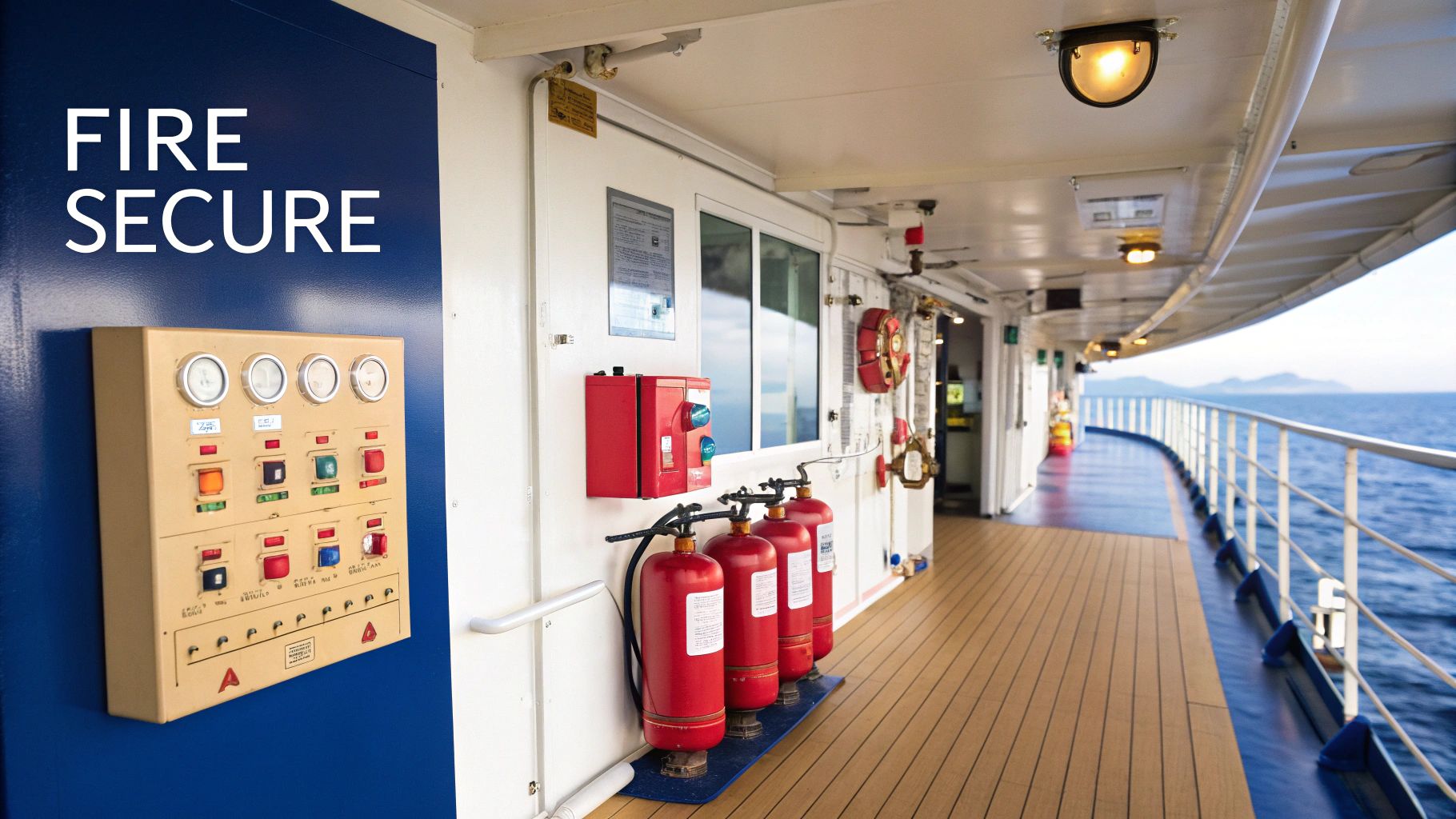
Specifically, a Fire Safety Systems Inspection includes:
- Inspection of fire extinguishers: Checking pressure levels, ensuring correct placement for easy access, and verifying they haven't expired.
- Testing of smoke and heat detectors: Confirming these critical detection devices are functioning correctly to provide early warning.
- Verification of fire pump operation: Ensuring the fire pump can deliver adequate water pressure to fire hoses and hydrants.
- Examination of fire hoses, nozzles, and hydrants: Checking for damage, leaks, and proper connections.
- Checking of automatic fire suppression systems (CO2, foam, etc.): Inspecting these systems for proper charge levels and functionality. These systems are particularly vital in engine rooms and other high-risk areas. Learn more about Fire Safety Systems Inspection
Pros:
- Critical for preventing catastrophic vessel losses: A functioning fire safety system can be the difference between a minor incident and a total loss.
- Required by insurance companies and regulatory bodies: Regular inspections are mandatory for compliance and often a prerequisite for insurance coverage.
- Identifies potential fire hazards before incidents occur: Inspections can uncover issues like faulty wiring, expired extinguishers, or blocked emergency exits before they contribute to a fire.
Cons:
- Testing some systems (like CO2) can be complex and disruptive: Testing these systems may require specialized personnel and temporarily shut down certain areas of the vessel.
- Regular maintenance can be costly: Maintaining fire safety systems involves ongoing expenses for inspections, repairs, and replacement of equipment.
- Some tests require specialized knowledge or certification: While some checks can be performed by crew members, certain aspects of the inspection, especially dealing with fixed systems, may require certified technicians.
Examples of Successful Implementation and Failures:
The tragic MS Norman Atlantic fire in 2014 highlighted the catastrophic consequences of fire system maintenance failures. Conversely, Royal Caribbean's implementation of advanced fire detection systems across their fleet demonstrates a proactive approach to fire safety.
Tips for Effective Fire Safety System Inspections:
- Keep detailed maintenance logs for all fire equipment: This provides a record of inspections, maintenance, and repairs.
- Test fire alarms monthly: Regular testing ensures early detection in case of a fire.
- Ensure emergency exits are not blocked: Clear access to escape routes is essential in a fire emergency.
- Train crew on proper use of various fire extinguisher types: Different classes of fires require specific extinguisher types.
- Consider thermal imaging for hidden fire risks: Thermal imaging can identify hot spots and potential electrical issues that could lead to fires.
This item deserves a place on the Vessel Safety Inspection Checklist because fire is a significant hazard on any vessel. A proactive and comprehensive Fire Safety Systems Inspection is paramount for protecting lives, property, and the environment. Regular inspections, coupled with proper crew training and maintenance, significantly reduce the risk and potential impact of fires at sea.
3. Navigation Equipment Verification
Navigation Equipment Verification is a critical aspect of vessel safety, encompassing a thorough inspection of all navigation systems and equipment. This process ensures safe vessel operation and compliance with crucial navigation regulations. It involves checking everything from basic tools like a magnetic compass to sophisticated electronic systems such as radar, GPS, and electronic chart displays. This verification process minimizes the risk of navigational errors, which can lead to groundings, collisions, and other hazardous situations.

This checklist item deserves its place on the vessel safety inspection list because reliable navigation is fundamental to safe boating. It's not just about getting from point A to point B; it's about avoiding hazards, responding effectively to changing conditions, and complying with international maritime regulations. Specific features of Navigation Equipment Verification include:
- Testing of GPS and electronic chart systems: Ensuring accuracy, proper functionality, and up-to-date chart data.
- Verification of radar functionality and range: Confirming the radar's ability to detect targets and provide accurate distance and bearing information.
- Checking compass accuracy and deviation card: A magnetic compass remains a vital backup and requires regular checks for deviation caused by the vessel's magnetic field.
- Examination of navigation lights and sound signaling devices: Verifying these vital communication tools are working correctly for safe navigation, especially in low visibility.
- Inspection of updated nautical charts and publications: Ensuring the availability of current information on navigational hazards, aids to navigation, and regulations.
Pros:
- Prevents navigation errors: Reduces the risk of groundings, collisions, and other incidents caused by inaccurate navigation information.
- Ensures compliance with COLREGS: Fulfills the requirements of the International Regulations for Preventing Collisions at Sea.
- Critical for insurance coverage and liability protection: Demonstrates due diligence in maintaining a seaworthy vessel.
Cons:
- Electronic systems require regular software updates: Staying current can be time-consuming and sometimes costly.
- Testing some equipment requires specialized knowledge: Professional assistance may be needed for certain tasks like radar calibration.
- Redundant systems increase cost but are necessary for safety: Investing in backup systems is essential but adds to the overall expense.
Examples of Successful Implementation:
Modern cruise ships utilize integrated bridge systems with multiple redundancies, providing layers of backup in case of equipment failure. Conversely, the Exxon Valdez disaster highlighted the catastrophic consequences that can arise from navigation equipment issues, emphasizing the critical importance of this verification process.
Actionable Tips:
- Maintain backup systems for critical navigation components like GPS and compass.
- Regularly update electronic charts and navigational software.
- Test all navigation systems before each departure, not just annually.
- Maintain a proper lookout at all times, regardless of how sophisticated your electronic aids are.
- Document all equipment calibration and maintenance results for future reference.
When and Why to Use this Approach:
Navigation Equipment Verification should be a regular part of vessel maintenance. Perform a thorough check before any extended voyage and incorporate checks of essential systems into your pre-departure routine. Regular maintenance and verification are not only crucial for safety but can also prevent costly repairs and potential legal liabilities. This approach is essential for all vessel operators, from recreational boaters to professional captains.
Popularized By: International Association of Lighthouse Authorities (IALA), Electronic Chart Display and Information System (ECDIS) manufacturers, International Hydrographic Organization (IHO). While no single website covers all aspects, these organizations are instrumental in setting standards and promoting best practices for navigation equipment.
4. Hull and Structural Integrity Assessment
A vessel's hull is its primary defense against the unforgiving marine environment. The Hull and Structural Integrity Assessment is a crucial process that examines the vessel's hull, deck, superstructure, and all structural components to pinpoint any existing or potential damage, corrosion, or weaknesses that could compromise its seaworthiness. This assessment ensures the vessel can safely withstand the stresses of its intended operating environment and prevent catastrophic failures. It involves a comprehensive evaluation of the entire structure, checking for water tightness, structural soundness, and overall resilience.
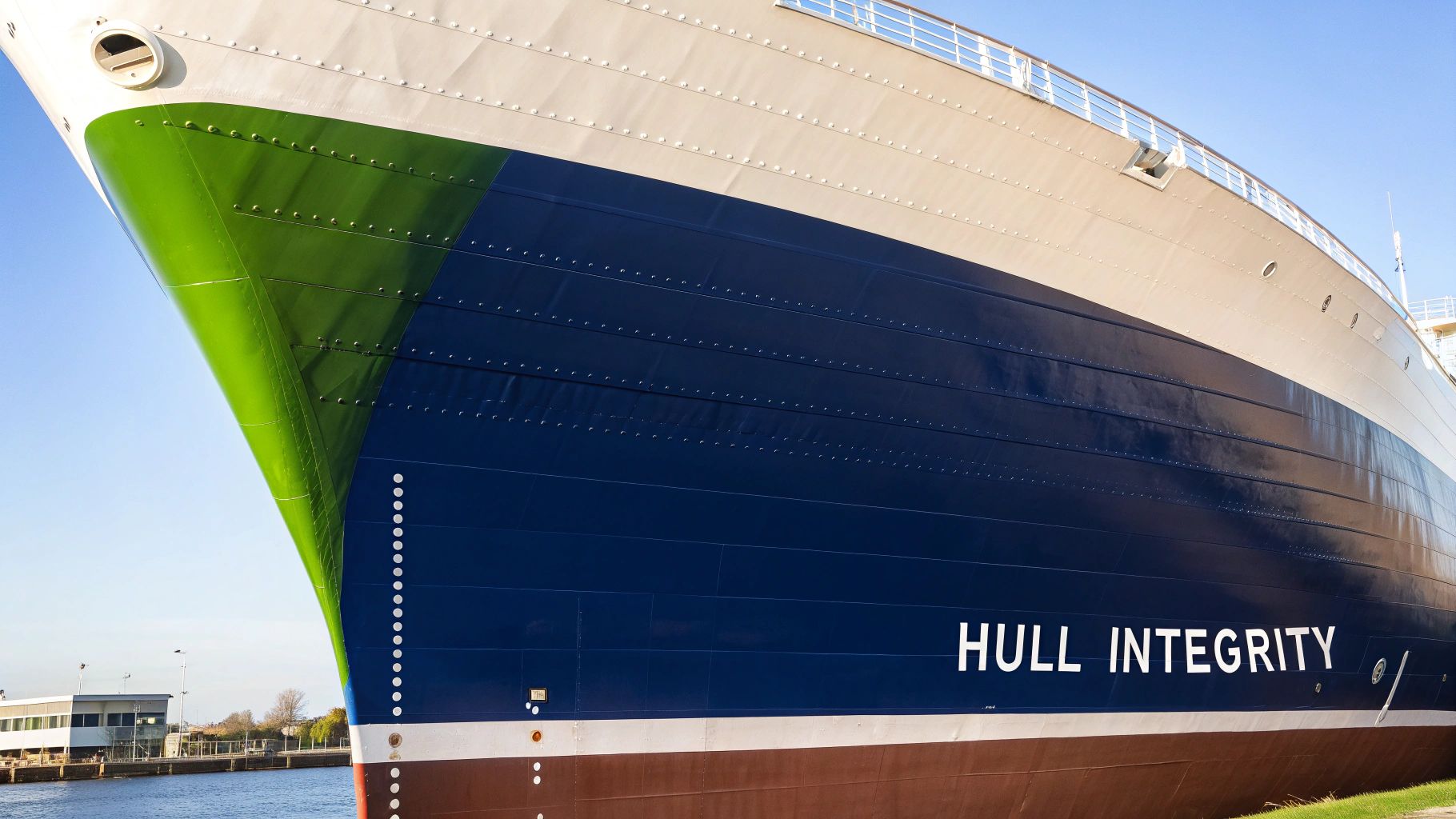
This assessment typically includes a visual inspection of the hull both above and below the waterline, scrutinizing for deformations, cracks, or any other signs of damage. Watertight doors and their seals are meticulously examined, along with through-hull fittings and sea valves, which are critical for preventing leaks. The assessment also involves evaluating the condition of corrosion and the effectiveness of any protective coatings applied to the hull. For steel hulls, this might include ultrasonic thickness gauging to measure the remaining metal thickness and detect internal corrosion. For fiberglass vessels, the inspection would focus on identifying potential osmosis (water absorption) and delamination (separation of layers within the hull). Particular attention is given to high-stress areas like the keel, bow, stern, and areas around through-hull fittings.
This item deserves its place on the checklist because it directly addresses the core element of vessel safety: the integrity of the structure itself. A compromised hull can lead to sinking, loss of life, and environmental damage. Regular assessments prevent these catastrophic scenarios by identifying maintenance needs before they escalate into critical issues. Furthermore, hull integrity assessments are often required for vessel classification and insurance purposes.
Examples of Successful Implementation:
- The tragic sinking of the SS El Faro highlighted the critical importance of hull integrity, particularly in severe weather conditions. A thorough assessment might have identified the structural weaknesses that contributed to the disaster.
- Cruise lines conduct regular and rigorous hull inspections to ensure passenger safety and maintain their vessels' operational integrity. This proactive approach minimizes the risk of structural failures and protects both passengers and the environment.
Pros:
- Prevents catastrophic hull failures and sinking
- Identifies maintenance needs before they become critical
- Required for vessel classification and insurance
Cons:
- May require drydocking for a complete inspection
- Some issues may be hidden or difficult to access
- Repair costs can be substantial if problems are found
Tips for Effective Hull and Structural Integrity Assessments:
- Use ultrasonic thickness gauging for steel hulls: This non-destructive testing method accurately measures the remaining thickness of the hull plating, helping to identify areas weakened by corrosion.
- Check for osmosis and delamination in fiberglass vessels: These common issues can significantly weaken the hull and must be addressed promptly.
- Pay special attention to high-stress areas: These are the most vulnerable points on the hull and are more prone to damage.
- Photograph all findings for documentation: This creates a valuable record for tracking the condition of the hull over time and facilitating repairs.
- Consider professional diving inspections between drydockings: This allows for regular underwater inspections without the expense and downtime associated with drydocking.
Popularized By: Classification societies (Lloyd's Register, ABS, DNV GL), Naval architects, Marine surveyors
This comprehensive approach to hull assessment provides boat owners, fleet captains, and marina operators with the necessary tools and knowledge to maintain the seaworthiness and safety of their vessels. For environmental advocates, ensuring hull integrity minimizes the risk of pollution incidents resulting from structural failures. For boating enthusiasts, a sound hull translates to peace of mind and a more enjoyable experience on the water.
5. Engine and Propulsion System Check
A reliable engine and propulsion system is crucial for any vessel, ensuring safe and efficient operation at sea. This check involves a comprehensive inspection of the entire system, from the main engines and auxiliaries to the propeller shaft and steering mechanism. It aims to identify potential problems before they escalate into costly breakdowns or hazardous situations. This detailed assessment is critical for preventing unexpected mechanical failures that could lead to loss of propulsion, especially far from shore.
How it Works:
The engine and propulsion system check is a multi-faceted process. It begins with a visual inspection of all components for signs of wear, corrosion, or damage. This includes checking fluid levels and condition (oil, coolant, etc.) and examining fuel lines, filters, and heat exchangers. The inspection extends to the propeller and shaft, looking for damage, proper alignment, and secure mounting. Steering systems are also thoroughly checked for responsiveness and correct operation. Beyond the visual inspection, the check involves performance testing, verifying engine parameters against manufacturer specifications. This often includes running the engines under load to assess their performance in real-world conditions. Specialized diagnostic equipment may be used to analyze engine performance and pinpoint potential issues.
Examples of Successful Implementation:
The importance of regular engine and propulsion system checks is highlighted by incidents like the Viking Sky cruise ship incident in 2019. The ship lost power in rough seas due to low oil levels in the engine lubrication system, underscoring the critical need for diligent maintenance. Major shipping companies like Maersk have implemented rigorous preventative maintenance programs that include comprehensive engine and propulsion system checks, contributing to their strong track record of reliability and safety.
Actionable Tips:
- Check all fluid levels and condition: Regularly inspect oil, coolant, and hydraulic fluid levels. Note the color and consistency of the fluids, as changes can indicate underlying problems.
- Listen for unusual noises during operation: Unusual knocking, grinding, or whistling sounds can be early warning signs of engine trouble.
- Examine exhaust color for signs of problems: Excessive black smoke can indicate incomplete combustion, while blue smoke may suggest oil burning.
- Test emergency shutdown systems: Ensure that the emergency stops for both the main engine and propulsion system are functioning correctly.
- Keep detailed maintenance logs with running hours: A comprehensive logbook helps track maintenance performed and provides valuable data for predicting future maintenance needs.
When and Why to Use This Approach:
This check should be performed regularly as part of a preventative maintenance schedule. The frequency of these checks will vary based on the vessel type, operating conditions, and manufacturer recommendations. Conducting thorough engine and propulsion checks before long voyages or periods of intensive use is especially crucial. It is also important to perform an inspection after any grounding, collision, or significant weather event.
Pros:
- Prevents unexpected mechanical failures and loss of propulsion
- Identifies maintenance needs before they lead to breakdowns
- Can improve fuel efficiency and reduce operating costs
Cons:
- Requires technical expertise and specialized diagnostic equipment
- Time-consuming process that may impact vessel availability
- Some tests require running engines under load
Popularized By:
Major engine manufacturers (Wärtsilä, MAN, Caterpillar), marine engineers, and the International Association of Classification Societies (IACS) all emphasize the importance of regular and thorough engine and propulsion system checks.
This item deserves its place on the vessel safety inspection checklist because a well-maintained engine and propulsion system is fundamental to safe and reliable operation. By proactively addressing potential issues, vessel owners and operators can minimize the risk of breakdowns, improve efficiency, and enhance overall safety at sea.
6. Electrical Systems Inspection
A comprehensive electrical systems inspection is crucial for vessel safety and reliability. This inspection involves a thorough examination of all electrical components, from power generation and distribution to emergency systems and safety devices. It ensures a dependable power supply and mitigates the risk of electrical hazards, which can range from minor malfunctions to catastrophic fires.
How it Works:
The inspection covers various aspects of the electrical system, including:
- Power Generation: Testing the main and emergency generators under load to verify their functionality and capacity.
- Distribution: Inspecting electrical panels, circuit breakers, and wiring for proper installation, condition, and adherence to safety standards.
- Emergency Power: Verifying the automatic transfer switch functionality and ensuring the emergency power system can handle essential loads.
- Batteries and Charging Systems: Examining battery condition, including electrolyte levels and charging system performance, to guarantee sufficient starting and backup power.
- Electrical Safety Devices: Checking ground fault circuit interrupters (GFCIs), fuses, and other protective devices to ensure they are functioning correctly.
- Navigation Lights and Other Electrical Equipment: Inspecting navigation lights, bilge pumps, and other electrically powered equipment for proper operation.
- Shore Power Connections: Assessing shore power inlets, cables, and bonding systems to ensure safe and reliable shore power connectivity.
Examples of Successful Implementation:
Regular and meticulous electrical inspections have proven to be instrumental in preventing major incidents. Conversely, neglecting these inspections has led to disastrous outcomes:
- Preventing Catastrophe: Regular battery maintenance and inspection on a private yacht revealed a corroded battery terminal, preventing a potential fire hazard.
- Learning from Tragedy: Battery fires on passenger vessels, like the Scandinavian Star ferry disaster, have highlighted the critical importance of proper battery maintenance and ventilation as part of a comprehensive electrical system inspection.
- Avoiding Disruption: Regular testing and maintenance of backup power systems on a cruise ship prevented a complete blackout when the primary generators failed, ensuring passenger safety and minimizing disruption.
Tips for Effective Inspection:
- Corrosion Check: Regularly inspect all electrical connections, terminals, and grounds for corrosion and clean or replace them as needed.
- GFCI Testing: Test all GFCI outlets monthly to ensure they are tripping correctly.
- Wiring Inspection: Check wire routing for chafing, heat exposure, or damage. Secure and protect wires as necessary.
- Emergency Lighting: Verify the functionality of all emergency lighting systems.
- Documentation: Maintain up-to-date system diagrams and documentation of all electrical components, wiring, and modifications.
Why Include this in Your Checklist?
Electrical system failures can lead to fires, shock hazards, loss of critical systems, and even sinking. A thorough inspection is essential for:
- Safety: Prevents electrical fires, shock hazards, and equipment malfunctions.
- Reliability: Ensures dependable power supply for critical systems.
- Compliance: Required for vessel classification and insurance.
Pros:
- Enhanced safety and reduced risk of electrical hazards.
- Ensured availability of critical systems, particularly in emergencies.
- Compliance with regulatory requirements for vessel operation and insurance.
Cons:
- Complex systems may require specialized knowledge or the services of a qualified marine electrician.
- Testing may temporarily disable certain systems.
- Retrofitting older vessels to meet modern electrical standards can be costly.
Popularized By:
Organizations like the American Boat and Yacht Council (ABYC) and the International Electrotechnical Commission (IEC) have developed standards and guidelines for marine electrical systems. Qualified marine electrical engineers are trained to implement and adhere to these standards, ensuring safe and reliable electrical systems on vessels of all sizes.
This inspection is vital for all boat owners and operators, from recreational boaters to professional fleet captains and marina operators. It's an investment in safety, reliability, and peace of mind.
7. Communications and Distress Signal Equipment Check
A crucial aspect of vessel safety is the ability to call for help in an emergency. This is why a thorough check of all communication and distress signal equipment is paramount. This check ensures your vessel can maintain contact with shore facilities and other vessels, and can effectively signal for help in critical situations. This inspection isn't just a good idea; it's often required by international maritime regulations and can be the difference between life and death.
How it Works:
This check involves systematically verifying the functionality of all onboard communication and signaling devices. This includes:
- Testing VHF radios and antenna systems: Ensure clear transmission and reception by contacting a known station or performing a radio check.
- Verification of Emergency Position Indicating Radio Beacons (EPIRBs): Confirm the EPIRB is properly registered, its battery is within its operational lifespan, and the unit is functioning correctly. Modern EPIRBs often have self-test features.
- Checking of Automatic Identification System (AIS): Verify that your AIS transponder is transmitting and receiving correctly, allowing other vessels to see your position and information.
- Inspection of visual distress signals (flares, etc.): Check expiration dates and ensure flares, signal mirrors, and other visual signals are in good condition and readily accessible.
- Examination of satellite communication systems: If equipped, test satellite phones or other satellite-based communication devices to ensure they are operational.
Why This Check is Essential:
Rapid and effective communication is critical in emergencies. A functioning communication system allows you to report incidents, request assistance, and coordinate rescue efforts. Distress signals alert nearby vessels and authorities to your situation, potentially saving lives.
Pros:
- Critical for summoning assistance during emergencies: Your ability to communicate distress can mean the difference between a swift rescue and a prolonged or tragic outcome.
- Required by international maritime regulations: Compliance with regulations ensures you are operating legally and contributes to overall maritime safety.
- Many systems now provide automated distress alerting: Technologies like EPIRBs and AIS with integrated GPS automatically transmit your location in an emergency, even if you're incapacitated.
Cons:
- Battery-powered devices require regular battery replacement: Neglecting battery maintenance can render crucial equipment useless when you need it most.
- Some equipment has expiration dates requiring costly replacement: Items like flares and EPIRB batteries have limited lifespans and must be replaced periodically.
- Technical knowledge required for proper testing: While some checks are straightforward, others may require specialized knowledge or equipment to perform correctly.
Examples of Successful Implementation:
- The Global Maritime Distress and Safety System (GMDSS) has significantly improved rescue coordination by standardizing distress communication procedures and leveraging satellite technology.
- Countless successful EPIRB activations have led to swift and effective rescue operations by coast guards worldwide, demonstrating the life-saving potential of these devices.
Actionable Tips:
- Verify EPIRB registration is current: Outdated registration information can hinder rescue efforts.
- Test radio communications regularly: Don't wait for an emergency to discover your radio isn't working.
- Check expiration dates on all pyrotechnic devices: Expired flares are unreliable and potentially dangerous.
- Ensure all crew know distress signal equipment locations and how to use them: Training and familiarity can save precious time in a crisis.
- Consider redundant communication systems: Having backup options increases your chances of getting a message out in an emergency.
Popularized By:
- International Maritime Organization (IMO): The IMO sets international standards for maritime safety, including communication and distress signaling requirements.
- COSPAS-SARSAT international satellite system: This system provides a vital link for detecting and locating distress beacons worldwide.
- Major equipment manufacturers like ACR Electronics: These companies develop and manufacture the equipment that makes reliable communication and distress signaling possible.
This comprehensive check of your communication and distress signaling equipment is a fundamental element of responsible boating and essential for ensuring the safety of yourself, your crew, and your vessel.
8. Safety Documentation and Procedural Review
This crucial step in vessel safety inspections focuses on verifying all required safety documentation, certifications, licenses, and procedural manuals are up-to-date and compliant with regulations. It's not just about having the paperwork; it's about ensuring your vessel and crew are prepared for any situation, especially emergencies. A thorough review confirms adherence to legal requirements and establishes a framework for consistent emergency response.
This process involves a meticulous examination of several key areas:
- Verification of Vessel Registration and Documentation: Ensuring your vessel's registration is current and all necessary documentation, like ownership titles and any permits, are in order.
- Review of Crew Certifications and Licenses: Confirming all crew members hold the appropriate licenses and certifications required for their roles and the type of vessel being operated.
- Checking of Maintenance Records and Logs: A review of maintenance logs helps ensure that the vessel is properly maintained, reducing the risk of mechanical failures and ensuring the seaworthiness of the craft.
- Examination of Emergency Procedure Manuals: This ensures that comprehensive and up-to-date procedures are in place for various emergencies, from fire and flooding to man overboard situations.
- Inspection of Required Safety Postings and Placards: Verifying that all mandatory safety information, including emergency contact details, escape routes, and safety equipment locations, are clearly posted throughout the vessel.
Why This Matters
Safety documentation and procedural review is not merely a bureaucratic exercise; it’s fundamental to safe and responsible boat operation. This process provides several key benefits:
- Ensures Legal Compliance with Maritime Regulations: Avoiding legal issues and potential penalties requires strict adherence to maritime regulations, which vary by jurisdiction.
- Prepares Crew for Consistent Emergency Response: Established procedures and regular drills based on those procedures create a predictable and effective response in emergencies.
- Required for Insurance Coverage and Port Entry: Many insurance providers and port authorities require proof of proper documentation and safety procedures before granting coverage or allowing entry. Ensuring you have the correct insurance coverage for your vessel is a crucial part of responsible boat ownership. For guidance on navigating the insurance process specifically for snorkel and dive boats, see this helpful resource: how to get snorkel dive boat insurance.
Pros and Cons
While crucial, this process does have its challenges:
Pros:
- Enhanced safety and preparedness
- Legal compliance
- Insurance and port entry requirements met
Cons:
- Documentation requirements can vary by jurisdiction.
- Maintaining updated records can be administratively burdensome.
- Documented procedures may not reflect actual practices if not properly implemented.
Examples of Successful Implementation
- International Safety Management (ISM) Code: This international standard for the safe management and operation of ships and for pollution prevention is a prime example of a comprehensive safety management system.
- Vessel Inspection Programs by Port State Control Authorities: These inspections ensure vessels entering a port comply with international standards, contributing to maritime safety and environmental protection.
Actionable Tips
- Maintain organized documentation files, both physical and digital.
- Schedule regular reviews of emergency procedures and conduct drills to verify their practicality.
- Utilize digital systems for documentation management to streamline updates and access.
- Ensure all required certifications are prominently displayed.
- Learn more about Safety Documentation and Procedural Review
When and Why to Use This Approach
This process is not a one-time event but an ongoing effort. Regular reviews and updates are essential to maintain compliance and ensure your vessel remains a safe and legally sound operation. Whether you're a recreational boat owner or a professional fleet captain, adhering to these principles protects your crew, your vessel, and the environment.
9. Environmental Compliance Verification
Environmental Compliance Verification is a crucial aspect of vessel safety and responsible boating. It involves a thorough inspection of all systems and procedures related to environmental protection. This encompasses everything from preventing oil spills and managing sewage to minimizing air pollution and complying with ballast water regulations. Essentially, it's about ensuring your vessel operates in a way that minimizes its impact on the marine environment.
This inspection focuses on several key areas:
- Examination of oily water separators and bilge systems: These systems prevent oily water from being discharged directly into the ocean. Inspectors will check for proper functioning and adherence to discharge limits.
- Verification of sewage treatment or holding systems: Proper sewage management is critical to preventing water contamination. Inspections will ensure these systems are working correctly and that discharge procedures comply with regulations.
- Checking of garbage management plan and equipment: This includes verifying proper storage, segregation, and disposal methods for all types of waste generated onboard.
- Inspection of air emission control systems: Increasingly, regulations are targeting air pollution from vessels. This aspect of the inspection verifies that any required emission control systems are functioning correctly.
- Review of ballast water management compliance: Ballast water can introduce invasive species to new environments. Compliance with ballast water management regulations, including exchange or treatment, is essential.
Why is Environmental Compliance Verification Important?
Environmental compliance isn't just good practice; it's often a legal requirement. Many ports require proof of compliance before granting entry. Furthermore, violating environmental regulations can lead to hefty penalties. Beyond legal obligations, environmental stewardship is increasingly important for a company's reputation. Customers and stakeholders are more likely to support businesses that demonstrate a commitment to protecting the environment.
Pros:
- Prevents environmental damage and associated penalties.
- Required for port entry in many jurisdictions.
- Increasingly important for company reputation.
Cons:
- Environmental equipment can be expensive to maintain.
- Regulations vary by region creating compliance challenges.
- Retrofitting older vessels can be costly.
Examples of Successful Implementation:
- Implementation of Ballast Water Management Convention requirements globally: This convention aims to prevent the spread of invasive species through ballast water.
- Cruise industry adoption of advanced wastewater treatment systems: The cruise industry has invested heavily in advanced wastewater treatment technologies to minimize its environmental footprint.
Actionable Tips:
- Maintain detailed discharge records.
- Train crew on environmental procedures.
- Stay updated on changing regulations. Learn more about Environmental Compliance Verification
- Consider environmental compliance during all operations.
- Document all maintenance of environmental systems.
When and Why to Use This Approach:
Environmental Compliance Verification should be an ongoing process. Regular inspections, both internal and by external authorities, are crucial. This approach is essential for anyone operating a vessel, from recreational boat owners to large commercial fleets. It protects our oceans and waterways, ensuring they remain healthy and vibrant for generations to come. This item deserves a place on this checklist because it highlights the increasing importance of responsible environmental stewardship within the maritime industry. It's not just about avoiding penalties; it's about contributing to a sustainable future for boating.
10. Crew Safety Training and Readiness Assessment
A well-trained crew is the cornerstone of vessel safety. This checklist item focuses on evaluating crew knowledge, skills, and preparedness for emergencies. It's not enough to simply have the required certifications; crew members must be able to apply their knowledge effectively under pressure. This assessment involves verifying training certificates, observing practical demonstrations of safety procedures through drills and exercises, and testing crew knowledge of emergency protocols.
How it Works:
The Crew Safety Training and Readiness Assessment is a multi-faceted process. It begins with verifying that all crew members possess the necessary certifications as required by regulations like the STCW. Beyond paperwork, the core of the assessment lies in practical application. This involves conducting drills simulating various emergency scenarios, such as fire, abandon ship, and man overboard. During these drills, assessors observe the crew's response time, communication effectiveness, and adherence to established procedures. Knowledge tests can further complement practical drills, evaluating crew familiarity with emergency equipment, signaling procedures, and first aid.
Examples of Successful Implementation:
- Cruise Lines: Major cruise lines routinely conduct safety drills before each departure, familiarizing passengers and crew with emergency procedures.
- Post-Accident Training: Following maritime accidents, many companies implement enhanced training programs, such as Bridge Resource Management (BRM), to improve communication and decision-making during critical situations.
Actionable Tips:
- Unannounced Drills: Conduct surprise drills to simulate the unexpected nature of real emergencies and assess genuine preparedness.
- Vessel-Specific Materials: Develop training materials tailored to your specific vessel, accounting for its unique layout, equipment, and operational procedures.
- Maintain Training Records: Keep meticulous records of all crew training and certifications to ensure compliance and track progress.
- Post-Drill Debriefing: After each drill, conduct a thorough debriefing session to identify areas for improvement and reinforce best practices.
- Cross-Training: Encourage cross-training among crew members, enabling them to fill multiple roles during emergencies and enhancing overall team resilience.
When and Why to Use This Approach:
This assessment is crucial for all vessels, from recreational boats to commercial ships. Regular assessment is not only a legal requirement under conventions like the STCW, but it’s also the most effective way to ensure crew readiness. A proactive approach to training can significantly mitigate risks and save lives in the event of an actual emergency.
Features and Benefits:
- Verification of crew training certificates: Ensures compliance with regulations and establishes a baseline level of competence.
- Observation of safety drills: Provides a practical evaluation of crew performance under pressure.
- Testing of crew knowledge: Assesses theoretical understanding of emergency procedures.
- Review of crew familiarity with vessel safety equipment: Confirms crew members can effectively operate essential safety gear.
- Assessment of crew communication during emergencies: Evaluates clarity, efficiency, and coordination within the team.
Pros:
- Well-trained crew is the most important safety factor: Human error is a major contributor to maritime incidents; proper training mitigates this risk.
- Improves response times during actual emergencies: Preparedness leads to faster and more effective action when seconds count.
- Required by maritime labor conventions and regulations: Ensures legal compliance and demonstrates commitment to safety.
Cons:
- Training requires time away from regular duties: Scheduling training can be challenging, but the investment is invaluable.
- High crew turnover can create training challenges: Consistent training programs are essential to maintain crew competency despite personnel changes.
- Some certifications are costly to obtain and maintain: While there are costs involved, the potential cost of an accident far outweighs the investment in training.
Popularized By:
- International Convention on Standards of Training, Certification and Watchkeeping (STCW)
- Maritime training institutions
- Major shipping companies with safety-focused cultures
This item deserves its place on the checklist because it addresses the human element of vessel safety. Even with the most advanced safety equipment, a poorly trained crew can jeopardize the vessel and everyone on board. Investing in comprehensive crew training and readiness assessment is an investment in the safety and well-being of your crew, your vessel, and the environment.
10-Point Vessel Safety Inspection Comparison
| Checklist Item | Implementation Complexity (🔄) | Resource Requirements (⚡) | Expected Outcomes (📊) | Ideal Use Cases (💡) | Key Advantages (⭐) |
|---|---|---|---|---|---|
| Life-Saving Equipment Check | Low-to-Medium – routine inspections | Moderate – time and replacement costs | High – enhanced emergency survival | Passenger and crew vessels with emergency focus | Regulatory compliance; direct life safety impact |
| Fire Safety Systems Inspection | Medium – involves complex system tests | High – specialized knowledge and equipment | High – prevention of catastrophic fire events | Vessels with significant fire risk (e.g., cruise ships) | Prevents fire hazards; ensures overall vessel safety |
| Navigation Equipment Verification | Medium-High – requires calibration | Moderate – periodic updates and diagnostics | High – avoids navigation errors | All sea-going vessels needing precise navigation | Prevents accidents; meets international regulations |
| Hull and Structural Integrity Assessment | High – may require drydocking | High – inspection tools and potential repair costs | Critical – avoids structural failures | Older vessels or those on high-risk routes | Ensures seaworthiness; prevents catastrophic failures |
| Engine and Propulsion System Check | High – technical expertise required | High – diagnostic tools and maintenance downtime | High – prevents unexpected breakdowns | Vessels heavily reliant on propulsion systems | Improves fuel efficiency; enhances engine reliability |
| Electrical Systems Inspection | Medium – systematic yet complex | Moderate – needs specialized technical input | Significant – reduces electrical hazard risks | Modern vessels with integrated electrical systems | Ensures continuity of critical systems; boosts safety |
| Communications and Distress Signal Equipment Check | Medium – routine but technical testing | Low-to-Moderate – battery and periodic tests | High – critical for successful emergency rescue | Vessels operating in remote or high-risk regions | Essential for rescue; meets international maritime standards |
| Safety Documentation and Procedural Review | Low – primarily administrative | Low – mainly paperwork and digital systems | Reliable – ensures compliance and preparedness | All vessels, particularly large commercial fleets | Legal compliance; enhances crew readiness and response |
| Environmental Compliance Verification | Medium – handles multiple systems | High – specialized equipment and retrofits | Significant – prevents environmental damage | Vessels in regions with strict environmental regulations | Protects reputation; avoids penalties and pollution |
| Crew Safety Training and Readiness Assessment | Medium – includes practical drills | Moderate – training time and resources | High – boosts emergency response efficiency | Vessels with high crew turnover or passenger services | Enhances crew performance; complies with international standards |
Smooth Sailing Ahead: Your Vessel Safety Journey
From life-saving equipment to engine checks and environmental compliance, this 10-point vessel safety inspection checklist covers the crucial aspects of maintaining a seaworthy vessel. Regularly inspecting these areas, combined with proper crew training, minimizes risks, prevents accidents, and safeguards both lives and our precious marine environment. Remember, the most important takeaways are consistency and thoroughness – a small investment of time upfront can prevent significant problems down the line. Mastering these safety procedures empowers you to enjoy worry-free boating experiences, knowing you’ve taken every precaution.
A well-maintained vessel is a happy vessel, and a safe fueling process contributes significantly to that peace of mind. For a spill-free and stress-free experience that enhances your overall vessel safety, explore CLiX Fueling Solutions at CLiX Fueling Solutions. CLiX simplifies fueling, minimizing the risk of spills and environmental contamination, further contributing to responsible boating practices.

